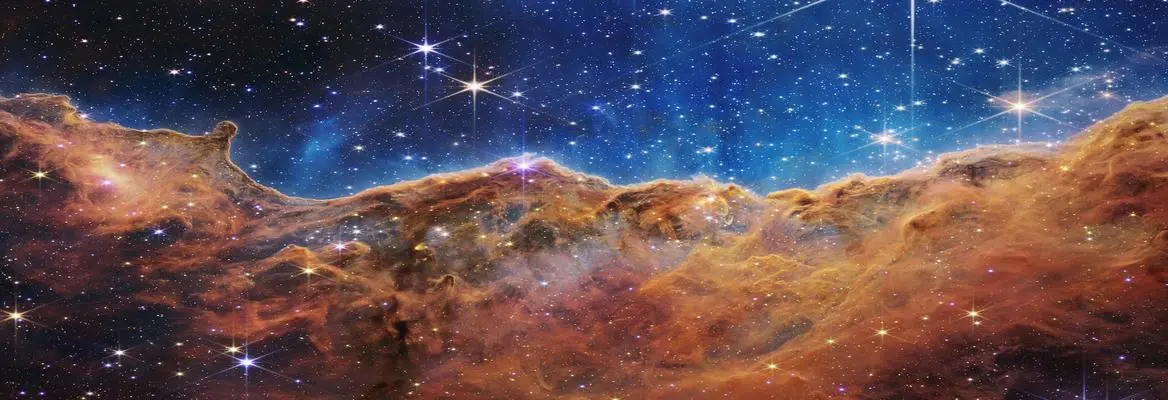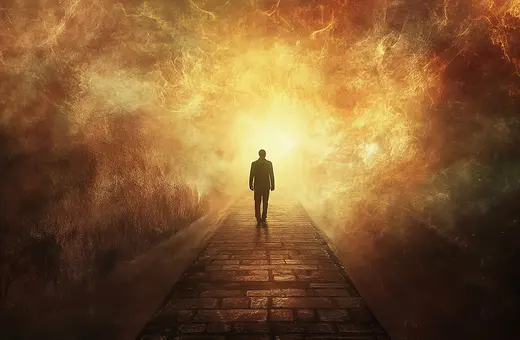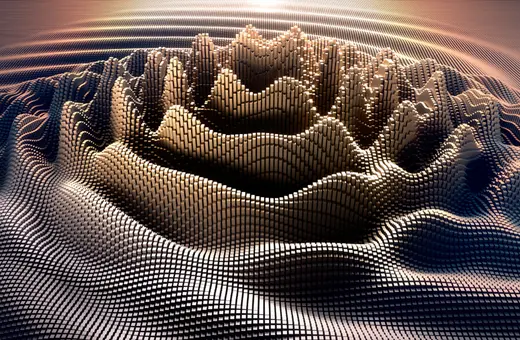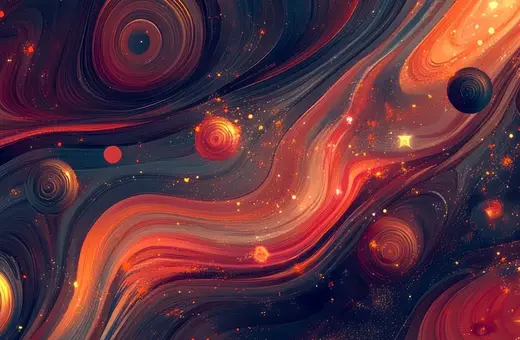The recent images from the James Webb Telescope were deliberately made to look beautiful by NASA. The telescope itself can’t even detect visible light – the colours of the images were chosen by the astronomers. So was this just a cheap marketing trick on behalf of NASA? Milena Ivanova argues that science does indeed use beauty to trigger feelings of awe and wonder, but beauty can also act as a guide to scientific discovery.
Last month the whole world marvelled at the beauty of the newly released space images by NASA’s most powerful-to-date James Webb Space Telescope. This telescope is one of science’s most precise and complex instruments. With its help, scientists hope to learn more about the origins of the universe, how galaxies evolved, the composition and dynamics of atmospheres of exoplanets and more. The prospect of these discoveries prompted feelings of awe and wonder, but what was mainly celebrated was the beauty of the images, copies of which now decorate many desktops and walls.
 SUGGESTED READING
The Beauty of Experiments Matters
By Milena Ivanova
The beauty of these images was not accidental – it was the product of a conscious scientific decision. Each of the images NASA released are a composite of many images collected over a period of time in the same region, built into one image. Crucially, since the telescope itself detects infrared, not visible, light, scientists added various features to the images. In particular, they added colour in order to represent the data they collected into something we can see. They also added the colours in ways that make the images look beautiful. Which raises the question: what does beauty have to do with science?
SUGGESTED READING
The Beauty of Experiments Matters
By Milena Ivanova
The beauty of these images was not accidental – it was the product of a conscious scientific decision. Each of the images NASA released are a composite of many images collected over a period of time in the same region, built into one image. Crucially, since the telescope itself detects infrared, not visible, light, scientists added various features to the images. In particular, they added colour in order to represent the data they collected into something we can see. They also added the colours in ways that make the images look beautiful. Which raises the question: what does beauty have to do with science?
___
Science is not some algorithmic practice that simply translates raw data into theories. Scientific processes often involve judgement and aesthetic sensibility...
___
To produce a beautiful image like the Cosmic Cliffs, scientists had to make a number of judgements of aesthetic nature; they had to select colours to help them visualise data that is inaccessible to the human eye, and enhance the features of the objects and processes. As such, the colours in these images are a useful tool that enables us to study the obtained data, they are translations of different wavelength data into colours we can see. Similar enhancements have been part of data representations produced previously by other telescopes and are a regular part of the process of scientific representation more generally.
But this enhancement of the images reveals something fundamental about scientific practice that goes against how many people think of it. Science is not some algorithmic practice that simply translates raw data into theories. Scientific processes often involve judgement and aesthetic sensibility in preparing and interpreting the data that will eventually become evidence in support or against certain hypotheses.
___
As the French polymath Henri Poincaré argued, in science, care for the useful leads to care for the beautiful.
___





















Join the conversation